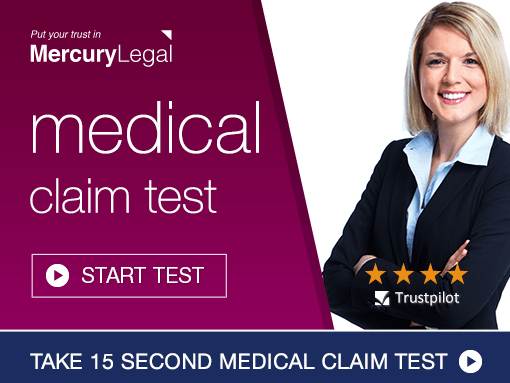Treatment of Weil's Disease
How are the symptoms of Weil's Disease treated?
How Is Weil’s Disease Treated?
In many cases, Leptospirosis – the bacterial infection that can go on to develop into Weil’s Disease – can be very mild and can resolve itself without treatment. In more serious cases it is likely that you will be prescribed antibiotics such as Penicillin to clear up the infection.
However, if the condition reaches its second phase, then the treatments can be more complicated: You will probably be admitted to hospital, where antibiotics will be used in order to clear up the initial infection, but in these situations they are more likely to be administered intravenously through a drip connected directly to the body; the doses are likely to be higher and the nature of antibiotic used might be more advanced than those prescribed to low-level cases.
Further treatment will depend on the way that the body responds to the infection, and the organs that the infection might reach:
- In cases where the kidneys are affected, a range of hydration techniques can be used to flush the infection through, sometimes using potassium supplements to aid recovery and to prevent dehydration. In some cases dialysis might be necessary to assist the kidneys in performing their function more effectively.
- If the infection spreads to the lungs, a tracheal intubation might be used (inserting a tube into the lungs to assist breathing) alongside oxygen therapy.
- In some cases steroids or corticosteroids may be administered to reduce inflammation and help the body fight the disease.
Depending on the severity of the condition, these treatments can in some cases take weeks or even months to control the symptoms. While many of those who suffer from Weil’s Disease go on to make a full recovery, some can suffer with chronic symptoms for years after the initial infection has taken hold.
The overall fatality rate for Weil’s Disease is around 1 – 5%, although those who go on to develop jaundice or other complications find the risk factor increases to between 5 and 15%. Those who suffer from kidney issues as a result of the condition are likely to experience mild kidney impairment even after recovery, and those whose lungs were affected can suffer reduced breathing ability for quite a long time after recovery.
Around 10% of sufferers complain of problems with their eyes during and after an infection, although in most cases this can be treated effectively by ophthalmological treatment.
Contact us today for free, no obligation advice regarding your Weil’s Disease claim – either by calling us free on 0800 122 3130, or by requesting a free call back, whereby one of our team will contact you at a time of your choice, to discuss your situation.
We’re here to help – contact us today.

Claiming For Your Weil’s Disease
Free Legal Advice
If you are unsure whether you can claim compensation for a Weil’s Disease as a consequence of your work environment, then call our personal injury claims team for free for no obligation advice on making a claim. They will ask you some simple questions about your condition, talk to you about what’s happened and can tell you if you have a viable claim for compensation or not. Call us 24/7 on 0800 122 3130.
Latest Weil’s Disease News
Tesco Worker Receives Five Figure Payout After Contracting Weil’s Disease At Work
A Tesco delivery driver has won a five-figure compensation pay-out after contracting Weil’s disease through his job based at the company’s Harlow depot, in Essex.The 42-year-old was fortunate to survive the disease after developing jaundice which turned his skin to a...





